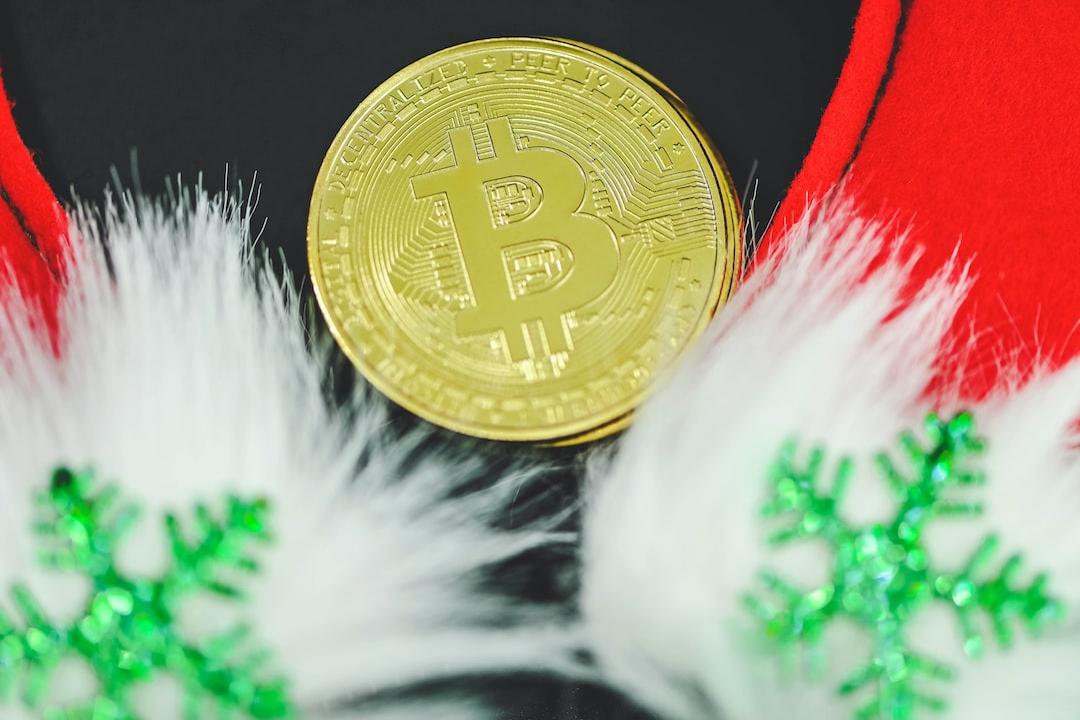An individual who trades Ether (ETH) has experienced a massive increase in wealth after investing $8,300 in a frog-themed memecoin one month ago. The price of the memecoin, called Apu Apustaja (APU), surged on April 11, causing its market capitalization to reach nearly $200 million. Blockchain analytics firm Lookonchain detected the trader’s decision to invest in APU a month prior to its significant price movement.
The trader conducted four transactions on March 11, accumulating approximately eight billion APU tokens. They further purchased an additional 300 million tokens in two separate transactions, one on March 13 and another on March 24. In total, the trader spent 2.38 ETH, equivalent to $8,300, on the memecoin. As of April 11, the token’s price rose to a peak of $0.0007907, resulting in the tokens being valued at around $6.5 million.
On April 12, the trader made six transactions to transfer the funds to a different crypto wallet. This action could indicate a desire to move the tokens to another wallet or sell them through a peer-to-peer (P2P) transaction.
Community members have also shared their thoughts on the situation. One user commended the tokenholder for “still holding,” while another speculated that the crypto wallet belonged to a developer.
In a related incident, a trader purchased approximately 170 million Book of Meme (BOME) tokens on March 14 and sold them for $131,000 before the price surged on March 15. Based on current market prices, this trader missed out on a potential gain of $2 million.
On the other hand, another memecoin trader profited from the frenzy by turning $13,000 into $2 million in just one hour. This individual became aware of a memecoin called Donotfomoew (MOEW) when it launched on decentralized exchanges (DEXs) on April 3. They spent 4 ETH ($13,000) to purchase nearly 500 million MOEW tokens, which quickly increased in value to approximately $2 million within an hour.
Synthetix founder Kain Warwick expressed his belief that it is the decentralized finance (DeFi) sector that has flaws, rather than the overall market.

